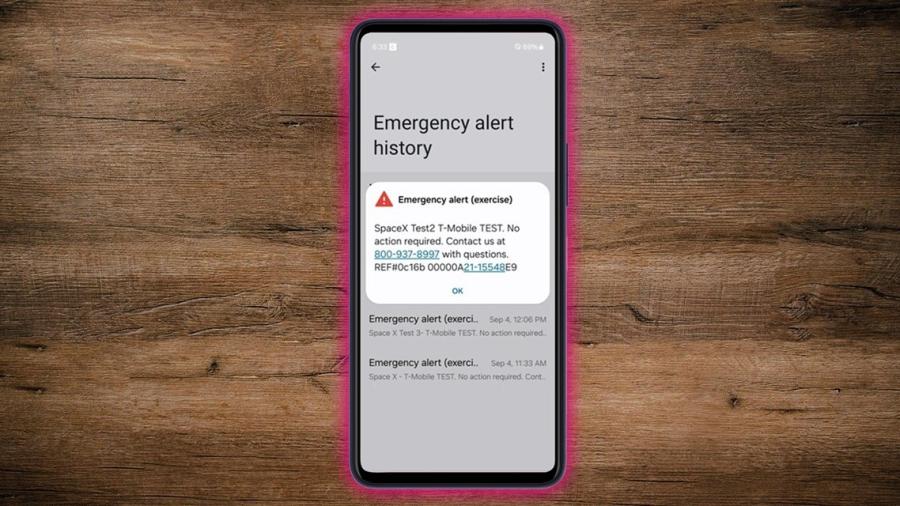
- Operator claims a US direct-to-cell first in partnership with Starlink
- Beta testing of the wireless emergency alert messaging service is still to be carried out and there is no timeframe for commercial launch
- T-Mobile says satellite-to-smartphone tech paves way to providing critical emergency alerts in large swathes of areas unreachable with earth-based cell towers
- Would-be satellite-to-smartphone rivals, AT&T and Verizon – which are backing LEO player AST SpaceMobile – are still grounded but perhaps not for long
T-Mobile US underlined its lead in the country’s nascent satellite-to-smartphone market after it successfully sent and received a wireless emergency alert (WEA) via satellite, which it claimed was the “first ever” of its kind.
Using the low-earth orbit (LEO) satellite constellation of Starlink, an Elon Musk SpaceX company, T-Mobile US hailed the WEA as a technology “breakthrough” and one that “opens up the 500,000 square miles of lightly populated, mountainous and/or uninhabitable land across the country to critical, life-saving emergency alerts”.
In echoes of the film Terminator 2, which gave a precise date when Skynet becomes self-aware and changes the course of humanity, T-Mobile, somewhat eerily, said: “At 5:13pm PT [Pacific Time] on Thursday, September 5th, T-Mobile initiated a test alert for a hypothetical evacuation notice.”
Unlike Skynet, of course, T-Mobile is out to save lives with its “groundbreaking” WEA service. “This is one of those days, as the CEO of a wireless company, that makes me pause for a moment and reflect on how technology advancements and the work we’re doing is truly impacting life-and-death situations,” reflected T-Mobile’s Mike Sievert.









